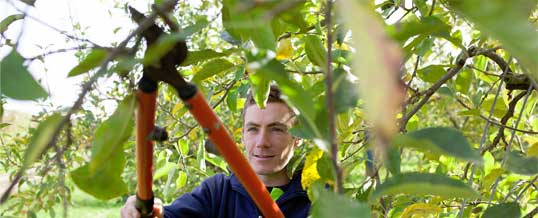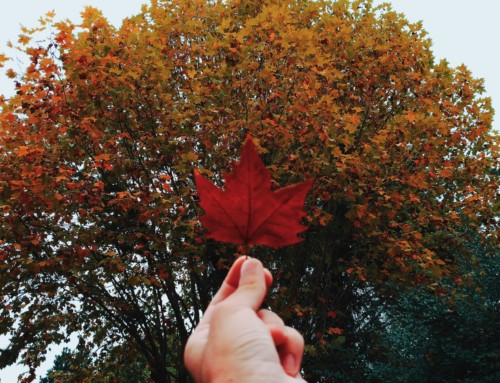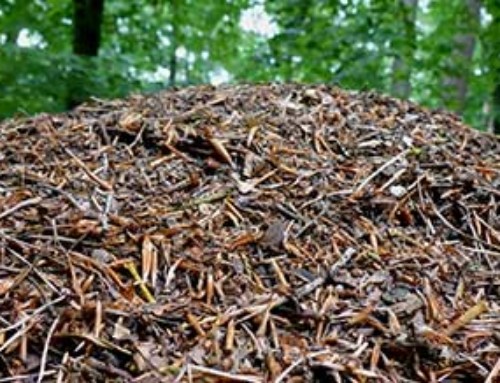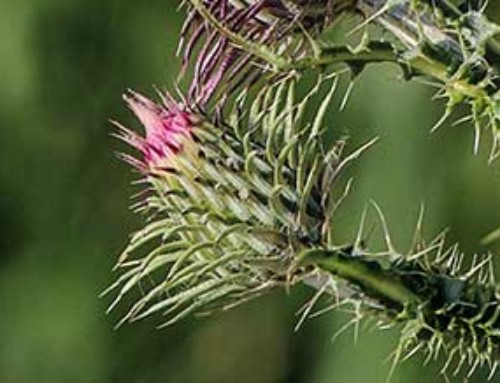Timing and technique is everything. If you wait for the right time, and prune in a way which minimises damage to the tree, not only will you be happy with the result, your tree will thrive. This is, after all, what we want – just like a good haircut – giving your tree renewed health and making it more attractive.
Why do trees benefit from a good trim? Deadwood is removed and overcrowding of branches is tended to. This allows for the tree to focus on feeding and growing the branches which are more significant in creating strength and shape to the tree. Trees may become lopsided and misshapen if left unpruned. Often the canopy becomes thick from quite low on the tree, causing excessive shade to the garden beneath, and blocking views and access for property owners. It is desirable, under these circumstances, to raise the canopy by pruning off the lower branches, and thinning out the canopy to allow for more light to pass through the canopy to the surrounds of the tree. This will also help the remaining branches to develop more fully, adding strength to the tree.
It makes sense from a practical point of view to prune when the tree is at rest, during the autumn or winter months – less leaves to clean up. Whether deciduous or evergreen, this is the preferred time for pruning. The “wounds” created by pruning, are less susceptible to sap loss and infection by insects or fungus in the colder months. They will dry out more slowly and be nicely sealed off by the time the growth season begins.
Tools for pruning should be sharp and clean. Cuts should be made almost right against the stem, but not through the branch collar. Leaving a very small stub ensures better healing and regrowth. For large, heavy branches, it may be necessary to cut the desired branch further up the branch first, and then follow up with this clean cut close to the stem. A heavy branch may rip part of the supporting bark/trunk with it if it falls before the cut is complete. Always avoid damage to the trunk or larger supporting branches.
Before pruning, consider the purpose of the prune, and carefully plan what needs to be cut away. Make sure the tree remains balanced with good supporting branches left in place on all sides. Remove dead wood first and tidy up the lower area to encourage the tree to grow up, not across. Thinning out branches which are dense will give better ventilation to the tree, as well as better light to the surrounding garden.
Always call an arborist for trees above 3 metres in height. They have the experience and equipment to complete the task safely.






